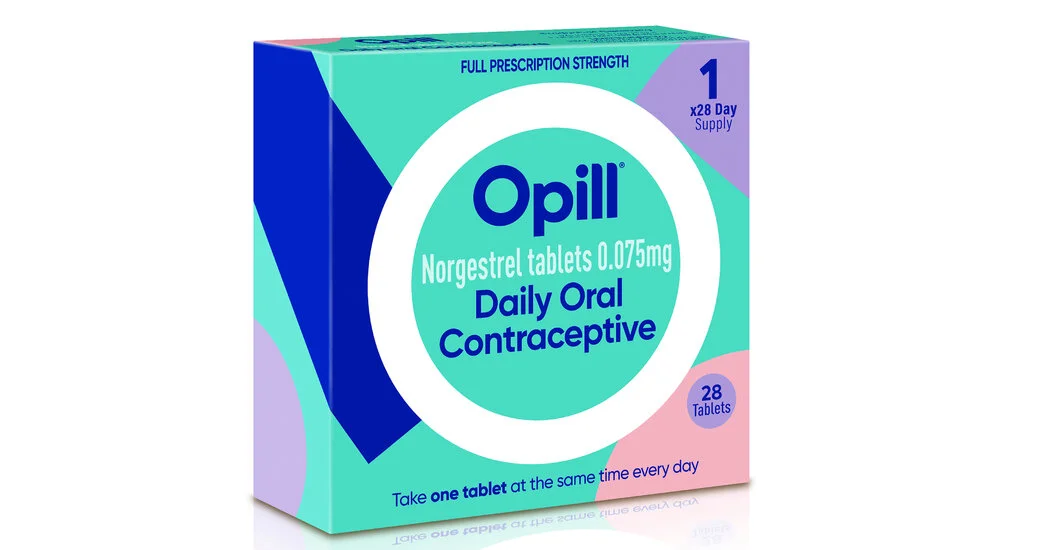- 5 Posts
- 11 Comments

 6·1 year ago
6·1 year agoYeah, even comments here haven’t seemed to read the article. As somebody that used to install BOINC on all my machines back in the day, the reason I stopped is that many of the projects I ran (SETI being one) aren’t active any longer. Also, like the article mentioned, I just don’t have a desktop anymore and I am not about to run something like this on a laptop that doesn’t have things like user-serviceable or replaceable parts.
 1·1 year ago
1·1 year agoAgree that the ending felt a bit weak. I think that picking up the pace in the show a bit more and getting further in the story would have helped things. At the moment, Raeliana is still a character without much agency, and it would be great to see a bit of her future character growth.
 1·1 year ago
1·1 year agoSo, it has been a while since I read the manhwa (I haven’t read the original webnovel), but I am overall pleased with how the adaptation has gone so far. You could definitely tell that there were very limited budgets. There are so many instances of slideshow animations or just still images, but they seemed to invest heavily in making beautiful stills and backgrounds.
My major complaint about the show is that, in general, it has gone very slowly. I expected them to be further along in the story after 12 episodes, but the pacing has been plodding at best. If my memory serves, I think they adapted 3 of the 7 volumes of the manhwa. I understand that a lot of shows tend to go too quickly, but this show just seems to drag out every conversation like it is padding for time (maybe to help stretch the animation budget too).
Overall happy with the show so far and hope that if it gets a second season it gets a bit more resources thrown its way.

 1·1 year ago
1·1 year agoThis might not quite be what you are looking for, but my favorite piece of writing that is science-adjacent is Surely You’re Joking, Mr. Feynman!.
As for current stuff, I work in pharma development, so there aren’t great sources out there. A lot of the studies that are published in places like phys.org or medicalxpress.com (or other wire-like services) pertain to very early stage drug discovery things, not formulation and device development. I tend to keep a tab open to fiercepharma and fiercebiotech for industry news. Other than that, there are a handful of academics that tend to share papers on linkedin or twitter that usually get passed around in the office if people find it interesting.

 4·1 year ago
4·1 year agoI am glad I don’t work in the clinical trial design space. It is already complicated enough to design a good clinical trial and this adds a whole other layer of complexity to it.
A sad component to this is that women are already underrepresented in clinical trials and this is likely to exacerbate the problem.
It hopefully should. One of the main reasons biologics are so expensive isn’t just corporate greed (though it is that too), but because the manufacturing process is very intense. Running bioreactors at commercial scale to make your product, using a train of chromatography steps to purify it, and then filtering it to be concentrated and sterile before fill/finish in a pre-filled syringe or vial followed sometimes by lyophilization is an insanely complicated process that is very costly. mRNA processes simplify this a lot in that the mRNA don’t need to be manufactured using bioreactors that are filled with dirty cellular flotsam and jetsam that need removed. So, the production and purification parts are much much simpler. It still isn’t likely to be cheap, as GMP manufacturing is still complex and the fill/finish part of the operations are largely unchanged, but hopefully cheaper.
This is neither here nor there, but I just want to compliment whoever did their favicon. I didn’t realize favicons could be animated like that, I am surprised I don’t see it more often.
I work in this field and this is a great summary of mRNA and its therapeutic usage. The article does mention it, but mRNA is going to be widely used beyond vaccines as well.
As an example, at a previous company I worked at that had a robust pipeline and a portfolio of antibodies on the market, they were actively developing an mRNA-LNP version of all of their mAb programs. The idea is that if you develop an LNP platform that can reproducibly transfect say, the liver, then you can just turn the liver into a protein factory for anything you provide the mRNA sequence for. Having mAbs produced and excreted in the body solves one of the big challenges to convenient biologics dosing, bioavailability. Basically, a lot of antibodies, when injected under the skin, have trouble making it from the injection site to your bloodstream. This can be solved by administering via IV, but that has many downsides when it comes to patient convenience.
The reason vaccines are the first successful application of this technology is because they only require very small doses to be effective. Compare the amount of protein that is in a flu shot (60 micrograms in Fluzone at most) to a typical mAb (~150 mg up to 1 g at most), you can see how much less the vaccine requires. I fully expect that as the upstream and downstream processes for LNP manufacture improve and are able to scale, that we will see mRNA take over what is currently the realm of biologics.

 47·1 year ago
47·1 year agoBack in the olden days of reddit, mods didn’t need to accept their position. So, it was a troll tactic to promote people to moderator of a controversial sub and then take a screenshot. I have no knowledge of spez’s moderating history, but I imagine this is the most likely scenario.

 4·1 year ago
4·1 year agoThis pretty much lines up with my take as well. Educating borrowers via the first three bills on true costs, expected earnings, and repayment options is fine, but is mostly done already. I don’t see how mandating a form that needs to be signed saying that you understand the debt you are taking on is going to change that.
The fourth bill is pretty blatantly ideologically motivated. If they truly think that these programs are worth less, then a better solution might be something like tying the cost of tuition for different majors to the expected earnings potential rather than eliminating aid eligibility.
The fifth bill would have a dramatic impact on graduate students. I am lucky enough that I did my PhD back when a graduate student stipend could (just barely) cover living expenses. However, graduate student pay has not kept up with cost of living, and grad students often take out the PLUS loans to help bridge the gap. Eliminating these would essentially price out a lot of grad students in HCOL areas that don’t have family wealth to draw from. Alternatively (and preferentially), it could motivate schools to actually pay a living wage to grad students. However, the most likely outcome is that schools would just bring in more wealthy international students to fill the enrollment gap.






The type of pill that was approved is the progestin-only “mini pill” which has a much safer clinical profile than the more common-in-the-US combination pill that has both progestin and estrogen. This type of pill is already available OTC in over 100 other countries. The US is just really behind the curve on just about anything to do with reproductive rights and care.